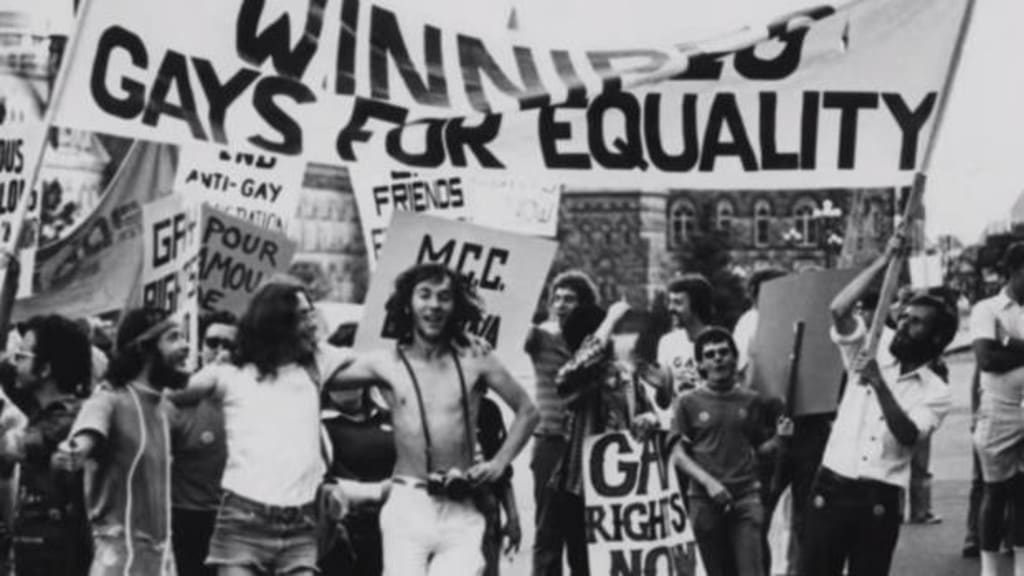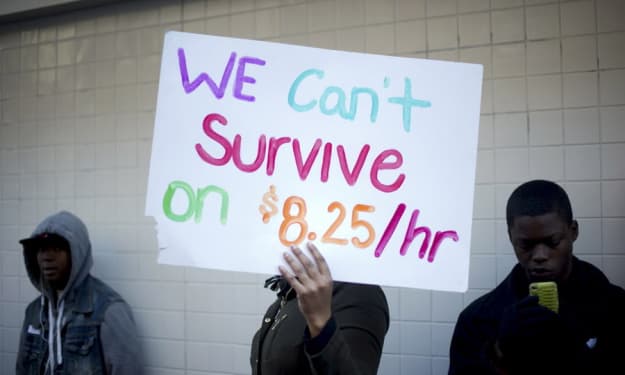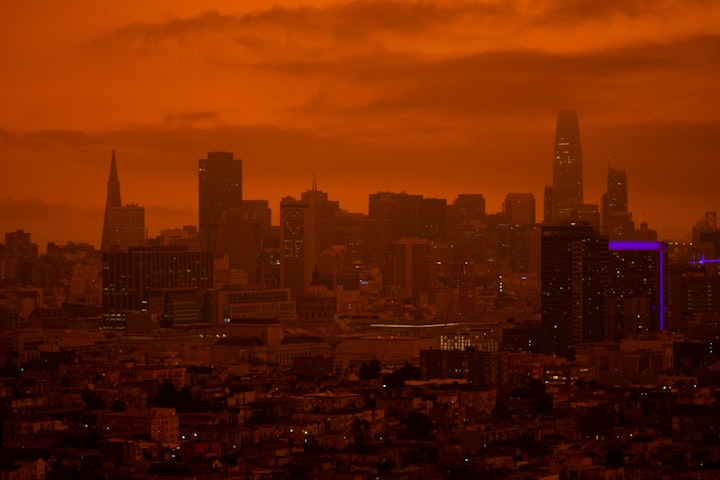A Glimpse of LGBT History
Queer history is so vast and fascinating, but know not known by many.

Gay history is far less known than any other type of history. I could tell you more about the US capitals or photosynthesis than the history of the LGBTQ+ community, the people within it, and the symbols that represent it.
In 1969, homosexuality was illegal and considered a mental disorder—you could be arrested for just not wearing the “correct gendered clothing.” The Stonewall Inn was a beloved gay bar in New York, New York frequented by many gay men, women, drag queens, and most importantly transvestites. On June 28, (the month that is now Pride month) 1969 policemen entered and raided the Stonewall Inn, arresting employees for selling without a liquor license and authorizing the arrest of anyone not wearing three gender appropriate clothing items, completely legal at the time. Raids and harassment like this were frequent. What made Stonewall different and undoubtedly the most significant moment in LGBT history was the response of the patrons and bystanders. They usually scattered, retreated in fear, but not this time; patrons began jostling police and throwing debris and bottles. In fear, the police retreated inside the bar barricading themselves in. That barricade was repeatedly breached and the bar was eventually set on fire. Over the next few days, riots and protests ensued against the constant police harassment and social discrimination suffered by sexual minorities in the 1960s.
Stonewall was when gays, lesbians, and transgender persons saw the value in uniting for freedom, liberation, and rights.
At the beginning of the liberation/pride movement (the time after Stonewall before 1988 when the term was changed to LGBT movement), the pink triangle was the staple pride symbol. The pink triangle was used in World War 2 to identify homosexual people. During the pride movement in the 70s, the logo was taken back and reclaimed. The pink triangle was also the reason pink became a girly color. Initially, it was the opposite, blue for girls and pink for boys, but when the pink triangles were linked to homosexuals, pink became associated with femininity, putting girls in pink and boys in blue.
In 1978 the pride flag was created by gay Betsy Ross, Gilbert Baker, a gay artist and civil rights activist, for the Grove Street gay community. He debuted the flag at the San Francisco Gay and Lesbian Day parade; he felt there was a need for a symbol that could be used year after year. Baker and 30 volunteers dyed and stitched two flags as prototypes for the parade.
The rainbow flag is the most used and recognizable pride symbol; the rainbow is no coincidence as each color represents something for the community...
Red - life, Orange - healing, Yellow - sunlight, Green - nature, Blue - serenity, Lilac - spirit
There are two other variations of the flag: a brown and a black stripe added for racial inclusion and a black stripe for AIDS awareness.The rainbow flag not only became an extravagant response to homophobia but a worldwide symbol for being yourself, for pride.
Along with the universal rainbow flag, there are different symbols representing different sexual and gender identities, each with a different meaning:
- Bi flag: magenta - attraction to women, lavender - attraction to men and women, Royal blue - attraction to men
- Genderfluid flag: femininity, White - lack of gender, Purple - a combination of fem/masc, Black - all gender identities, Blue -masculinity
Possibly the least known symbol is the lambda, the Greek letter for L. It was first adopted in 1970 by the New York gay activist alliance. No one knows why most speculate the L stands for liberation. The lambda is no longer a famous symbol and is one of the least known symbols.
The two most significant names in LGBT history are Marsha P. Johnson and Sylvia Rivera. Both were transvestites and best friends. Together they started STAR (street transvestite action revolutionaries), a place for queer people coming out of jail, who needed a home, and newcomers to the queer scene to stay and fight for their rights.
Marsha is considered the gay Rosa Parks; she was a staple in the LGBT community before and after Stonewall. She protested during liberation (the time after Stonewall) and the AIDS epidemic. A self-identified drag queen (who would probably identify as trans today) was known by everyone on the streets and in the clubs. She died 1996 on July 6. Police said it a suicide, but the community ruled it a hate crime. They protested for Justice For Marsha. Her death today remains a cold case. For more, watch the Netflix documentary The Life And Death Of Marsha P. Johnson.
Sylvia Rivera was a loud, outspoken trans activist. She, like Marsha, was a staple in the LGBT community. She is said to have thrown the first brick at Stonewall. She, like Marsha, was a self-identified drag queen (and probably would identify as trans today). She fought for the LGBT people working on the streets, the POC, the poor, and the trans. She felt like the mainstream movement had left them out, erased what she and Marsha had done in the beginning. She died in 2002 of lung cancer.
This may all seem like a lot, but it is only a small sliver of LGBT history. There are so many more details about the early movements and what the typical gay person had to go through for simply being gay. What early LGBT trailblazers once had to go through, many are still going through in many other places around the world. And I can't encourage you enough to research them, watch a documentary, pay attention, and most importantly, be supportive of the LGBT community.






Comments
There are no comments for this story
Be the first to respond and start the conversation.